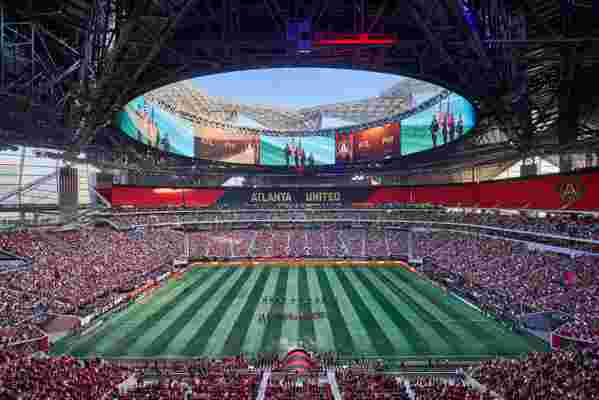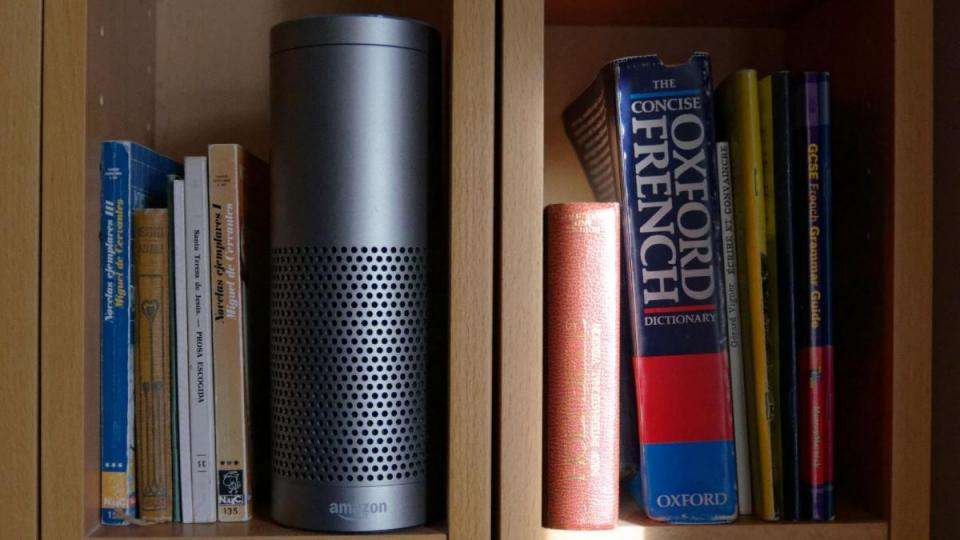October 28,2022
2019 Super Bowl Stadium: 5 Facts You’ll Want to Know
by David Stewart
On Sunday, February 3, the New England Patriots will play the Los Angeles Rams in the most important football game all year: Super Bowl LIII. While most eyes will be on the action taking place on the field, a few might notice the stadium in which the game is being played. This year’s Super Bowl will be hosted in Atlanta’s new Mercedes-Benz Stadium, an architectural feat both in terms of aesthetics and engineering. The building, designed by HOK architects, holds 75,000 fans (with a capacity to expand to 83,000) within a striking glass-sided façade that culminates with a roof that opens in good weather and closes in rain or snow. Since opening in August 2017, this structure has entertained over 4 million visitors, but on Sunday it will take center stage to show the world what all the hype is about. Below, AD lists the five facts that, on paper, make this stadium stand out from any other in the world.

Mercedes-Benz Stadium features a 63,800-square-foot, 360-degree video board, the largest in the world.
The Interiors The firm wanted to create an indoor space that was second to none. “The interior design element that will set us apart is our halo board,” says Rich McKay, the president and CEO of the stadium’s NFL tenants, the Atlanta Falcons. “It is a one-of-a-kind, 360-degree video board that is nearly six stories tall and 1,110 linear feet around. It hangs from the oval-shaped roof, opening just high enough that it doesn’t impede any of our fans’ sight lines.” Adds design principal Johnson: “We had gone to great lengths to create a stadium that was open air. The stadium experience is very much ‘in the round,’ and it occurred to us that scoreboards in the end zones and corners weren’t compatible with that big idea. So in order to stay true to the overall design idea, we had to think about the scoreboard differently.”
Eco-Friendly Measures The eco-friendly measures in the stadium are second to none. “With buildings of this size, it’s imperative that they are designed and operate sustainably to minimize the impact on the environment,” says Johnson. “Water was particularly important, given that the stadium sits at the top of Proctor Creek Watershed, which is known for flooding during large storms. The building is designed to recapture and reuse rainwater with a 600,000-gallon cistern. In addition, there’s a really unique partnership with Trees Atlanta that will allow this rainwater to be used to irrigate the trees. Fans will also notice more than 4,000 solar PV panels on the stadium site.”

“I imagined a circle of light appearing over the field and growing like a spotlight, the same way the light enters the oculus of the Pantheon in Rome,” says Bill Johnson, design principal for HOK.
The Food in the Stadium The Falcons wanted to show their commitment to excellence in not just the stadium but also the concession stands. The stadium partnered with local restaurants and implemented several changes to the dollar amount on each menu item. A few highlights include $2 hot dogs, unlimited-refill sodas, $3 nachos and pizza slices, and $5 beers. For anyone who’s been to a major sporting event, that’s significantly cheaper than what’s typically available.
The Seating Ultimately, it’s the seats that hold the fans who travel far and wide to enjoying the sporting event. Initial plans included a feature that shook the seats after a big hit in the game. That proposal ended up not happening. Perhaps better is that each seat was increased in width from the standard 19 to the larger 21 inches.






